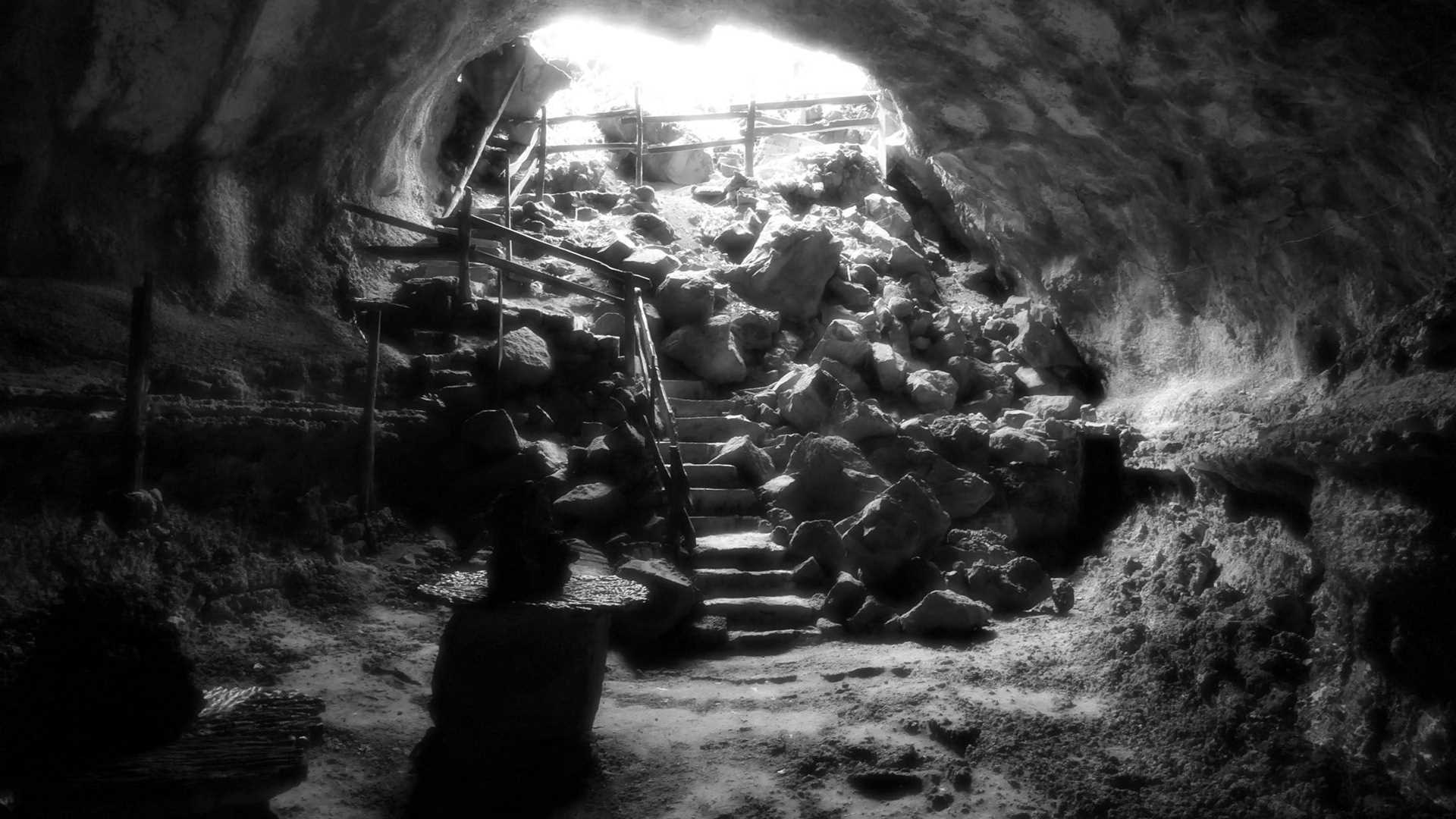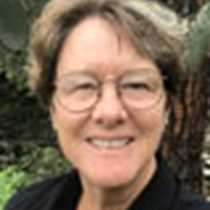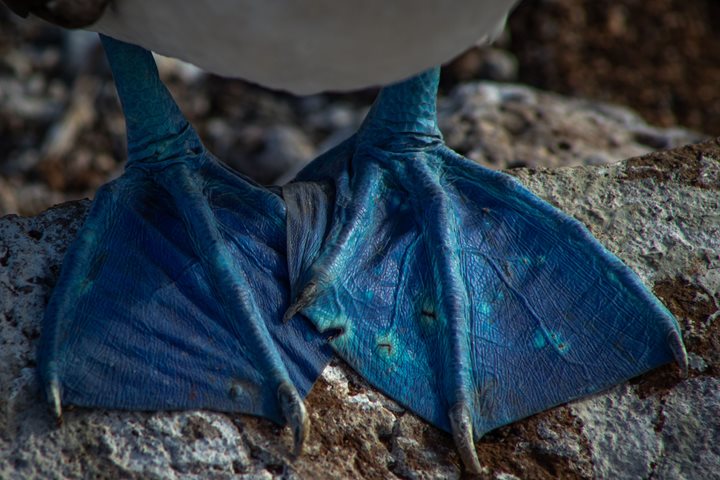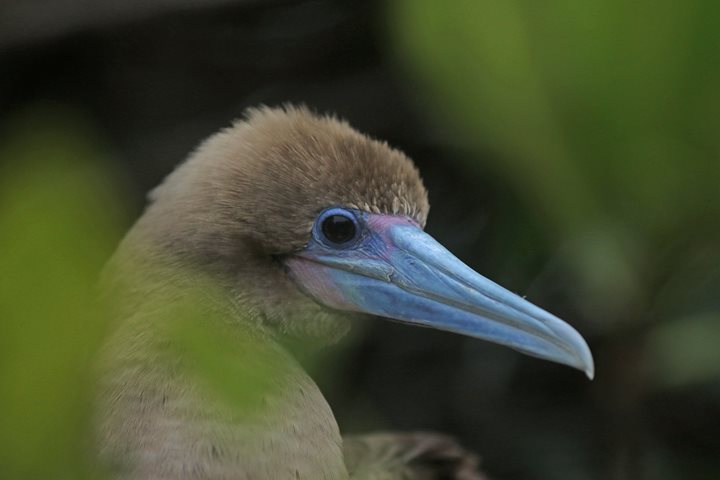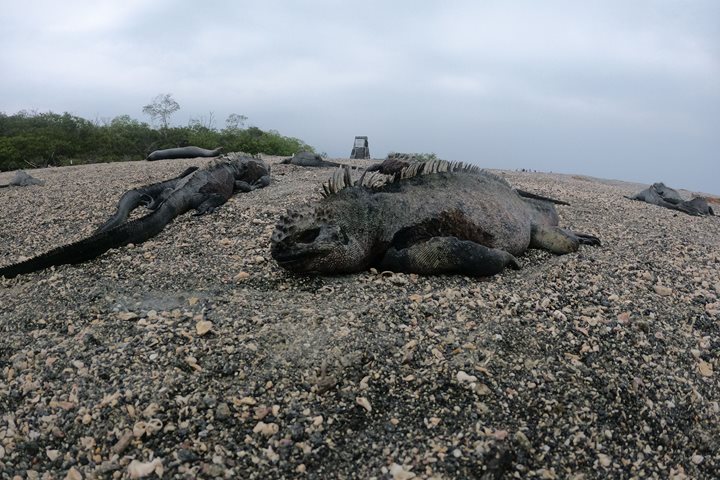It was quite the change in scenery upon awakening in Academy Bay off Santa Cruz Island. The variety of vessels around us ran the gamut: small, 16-passengers boats, to one of the largest allowed in the Galapagos National Park (100 passengers). But this was fine, because we wanted to see areas only accessible by road and vehicle. We visited the giant tortoise breeding center operated by the National Park Service, initially started with the knowledge and expertise of the scientists and researchers out of the Charles Darwin Research Station. There would also be time to stop by and see some of the Darwin Foundation collection in their new exhibit hall.
People watching turned out to be one of the unexpected, but highly entertaining parts of the morning. As we walked back through town, occasionally doing more than just window shopping, the fisherman’s market was all a-bustle. Humans were buying fish while sea lions, frigates, pelicans, and even marine iguanas were eating the scraps. I call them the clean-up crew. They do, in fact, keep the area remarkably clear of offal from the daily catch!
On the way up to the highlands the buses made a stop at a particular volcanic feature that is not always remarked upon: a lava tunnel. In this case, it was discovered on a settler’s property, and when it was realized people were interested, they created easy access and today we can walk through a segment of over 700 meters/765 yards! Not for claustrophobics.
A stop at a local, modest coffee farm, that also grows sugar cane – was next in the plans. From the bush, to the husking, roasting, and tasting – all good. Then sugar cane products came next…all the way to the local hooch!
Lunch was wonderful on the premises of Manzanillo. This property was originally claimed by a family intending to raise cattle and basic crops, however with a rising interest in seeing giant tortoises roaming free, they have opened their access road to us. So after lunch we changed into rubber boots and there they were! In numbers! In varying sizes from small to humongous!
It is quite the experience to think of these lumbering creatures wandering the land for millennia and to watch them slowly move along without much change in a few million years.
By mid-afternoon everyone was pretty much ready to leave the inversion layer of overcast and mist and head down to the warmer and sunnier lowlands. There was a special treat after dinner, as we invited a very talented musical group on board to play some of the Andean stringed and wind instruments renown over the centuries – pan pipes, charango, guitar. Accompanying them came a dance troupe of teacher and students. Not only were some traditional Andean songs played, but also some unique Galapagos creations, both in music and dance. What a way to end the day!

